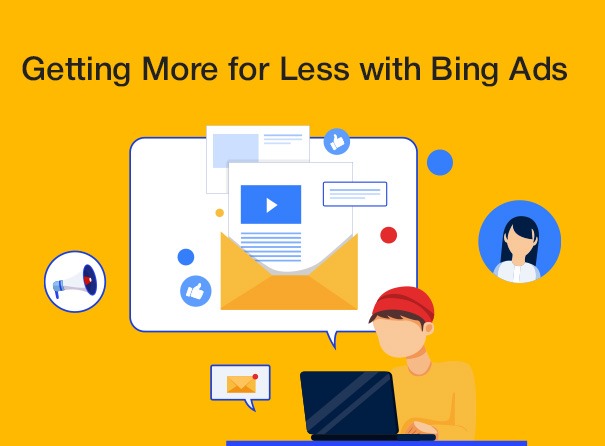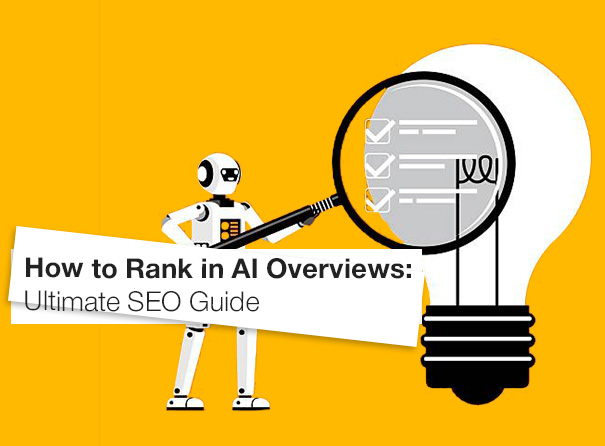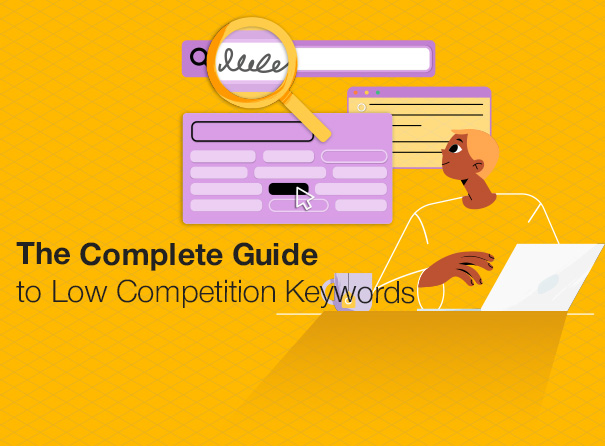In digital marketing, the goal of getting more for less is what every advertiser aims for. Lowering your ad spend while attracting better-quality leads and achieving higher conversions can feel unrealistic, especially in a competitive environment where clicks are pricey. That’s why brands are increasingly turning to Bing PPC advertising services as a more effective way to manage budgets and boost ROI.
While Google Ads may attract more attention, Microsoft Advertising quietly offers significant benefits that marketers often miss. At Inqnest, we have observed how reallocating part of your ad budget to Bing can reveal new opportunities—not just for cost savings but for long-term results. Let’s look at why Bing Ads deserves your attention and how to develop strategies that reduce your CPC while increasing returns.
Why Bing Ads Deserves a Place in Your Paid Search Strategy
Google Ads has the numbers, but Bing Ads offers unique advantages. Think of it as a smaller, less crowded marketplace where your ads can gain visibility without intense competition. Here’s why advertisers are taking Bing seriously:
- Less Competition: A smaller number of advertisers means lower bidding pressure, resulting in better ad visibility and placements.
- Lower CPC: Microsoft states that Bing’s average CPC is $1.54, which is 42% less than Google Ads’ average of $2.69.
- Unique Audience Demographics: Bing users tend to be older, more educated, and wealthier, making the platform especially useful for fields like finance, B2B services, and premium products.
- Advanced Targeting Options: Features like LinkedIn profile targeting, device-level adjustments, and demographic filters help refine audience targeting.
- Microsoft Ecosystem Integration: If you already use Office 365, Windows, or LinkedIn, Bing Ads connects smoothly across these platforms.
In short, Bing Ads isn’t about replacing Google Ads; it’s about diversifying your paid search strategy for lower CPC and higher ROI.
Strategy 1: Keyword Research That Works Smarter
Every successful PPC campaign begins with keyword research, but Bing provides an additional advantage. Its Keyword Planner can uncover high-traffic, low-competition keywords often overlooked on Google. Long-tail keywords are particularly valuable; they reach users closer to purchasing while keeping CPC lower.
At Inqnest, we have found that combining Bing’s Keyword Planner with a well-structured campaign allows businesses to focus on conversion-ready searches without wasting money on broad, irrelevant clicks. If you’re curious about tools that can give you an edge, check out this guide on Bing PPC Advertising Services to Boost Your Microsoft Ad ROI for more insights.
Strategy 2: Structuring Campaigns and Ad Groups
Campaign structure is often neglected, but on Bing, it can be a powerful tool. Instead of grouping everything into one broad campaign, we suggest:
- Dividing campaigns by product, service, or goal.
- Creating ad groups around closely related keywords.
- Tailoring ad copy directly with each group’s intent.
This method increases relevance and improves your Quality Score, which lowers CPC. A well-structured Bing campaign usually outperforms a disorganized Google campaign at a much lower cost.
Strategy 3: Smarter Ad Copy and Extensions
Compelling ad copy is not just persuasive; it also needs to be precise. On Bing, relevance is just as important as creativity.
Here’s what works best:
- Writing compelling headlines that include primary keywords.
- Highlighting unique benefits or offers that stand out.
- Using Responsive Search Ads to let Bing’s AI optimize messaging.
- Utilizing ad extensions (sitelinks, call, location) to boost visibility and CTR.
The outcome? More clicks for lower spending. Sometimes, it’s not about reworking your copy; it’s about using Bing’s underused features effectively. For example, many advertisers still don’t fully utilize LinkedIn audience targeting. Want to see what you might be missing? Explore 7 Bing Ads Features You’re Not Using (But Should in 2025).
Strategy 4: Bidding Smarter, Not Higher
Increasing your spend on a keyword doesn’t guarantee results. On Bing, bid smarter rather than just higher.
Some winning tactics include:
- Employing Enhanced CPC or Target CPA to let automation adjust bids intelligently.
- Applying bid adjustments based on device type, location, or time of day.
- Regularly monitoring and adjusting Maximum CPC to remain competitive without overspending.
The goal isn’t to simply outspend competitors but to outsmart them.
Strategy 5: Negative Keywords and Quality Score Optimization
One of the quickest ways to overspend is by appearing for irrelevant searches. Negative keywords can solve that problem. By excluding terms that don’t match your offer, you reduce wasted spending while increasing click-through rates.
Quality Score is another vital metric that influences your ad rank and CPC. Improving ad relevance, expected CTR, and landing page experience can significantly reduce your costs. Advertisers can often cut CPC by 20–30% just by enhancing their Quality Score.
Strategy 6: Landing Pages That Convert
Successful campaigns go beyond just the ad; they rely on effective landing pages. On Bing, with already lower CPC, you can make your budget stretch even further if your landing page is:
- Fast-loading and mobile-friendly.
- Relevant to the ad copy and keywords.
- Designed with clear CTAs and minimal distractions.
When your landing page matches your ad promise, you improve conversions and your Quality Score, creating a cycle of lower CPC and higher ROI.
Strategy 7: Testing, Refining, and Monitoring
PPC is never a “set and forget” strategy. The best-performing campaigns on Bing are those that change continuously. A/B testing different headlines, experimenting with targeting segments, and adjusting landing pages can help you learn what works best for your audience.
Regularly tracking CTR, CPC, conversion rates, and Quality Scores ensures that you use every dollar wisely. Bing’s reporting dashboards provide rich insights to help advertisers fine-tune performance over time.
Making Bing Ads Work for You
Bing Ads may not match Google’s scale, but it makes up for that with efficiency, targeting, and cost-effectiveness. For businesses seeking to maximize ROI without increasing ad budgets, Bing is now a strategic choice.
At Inqnest, we help brands tap into this often-neglected channel by combining effective strategies with ongoing optimization. Whether it’s finding hidden keyword opportunities, refining bidding strategies, or improving landing page performance, we focus on delivering results that stretch your budget further.
Ready to discover how Bing Ads can provide lower CPC and greater ROI for your business? Let’s enhance your paid search strategy. Explore our Paid Ads Management Pricing & Packages and find out how Inqnest can help you get more value from every click.











.png)












.png)
.png)
.png)

.png)
